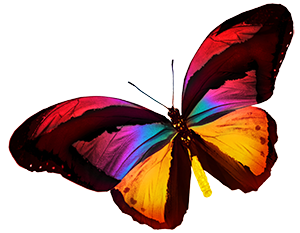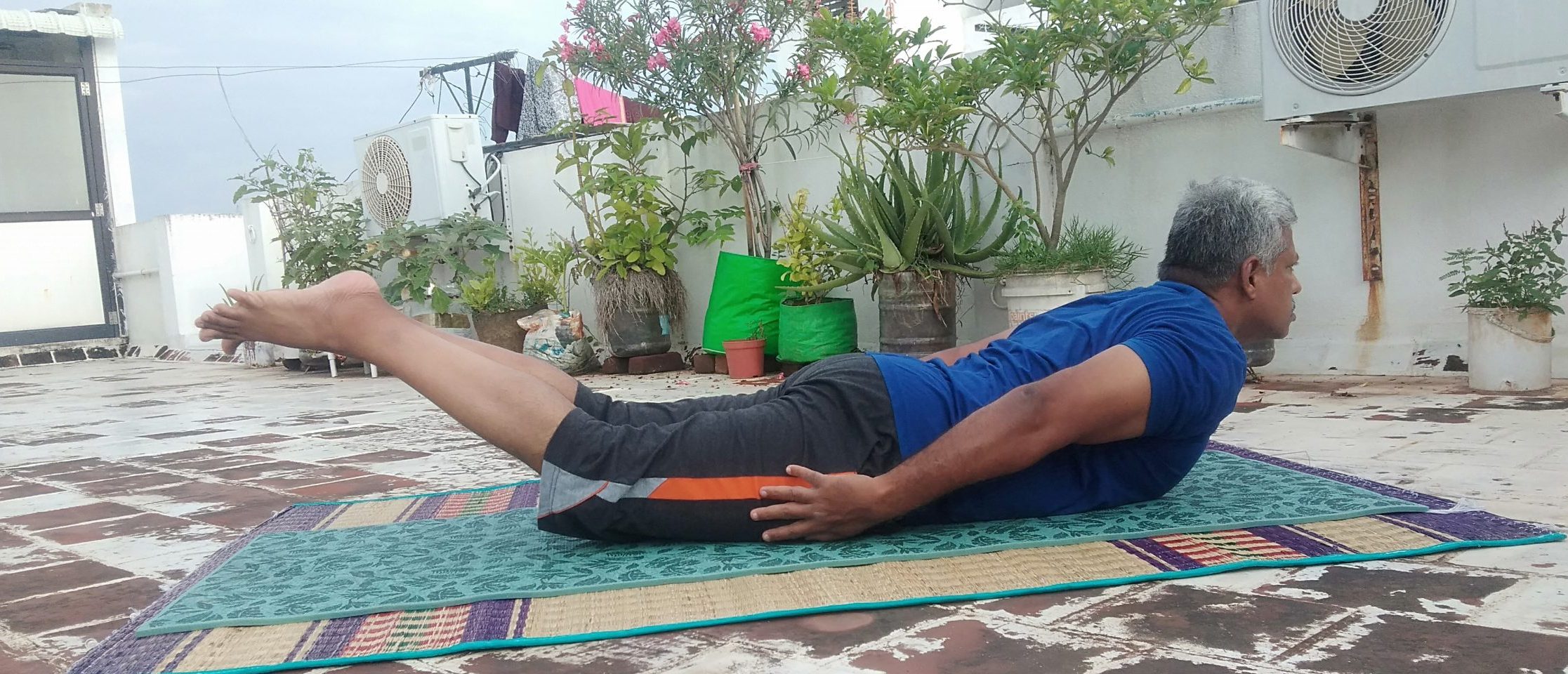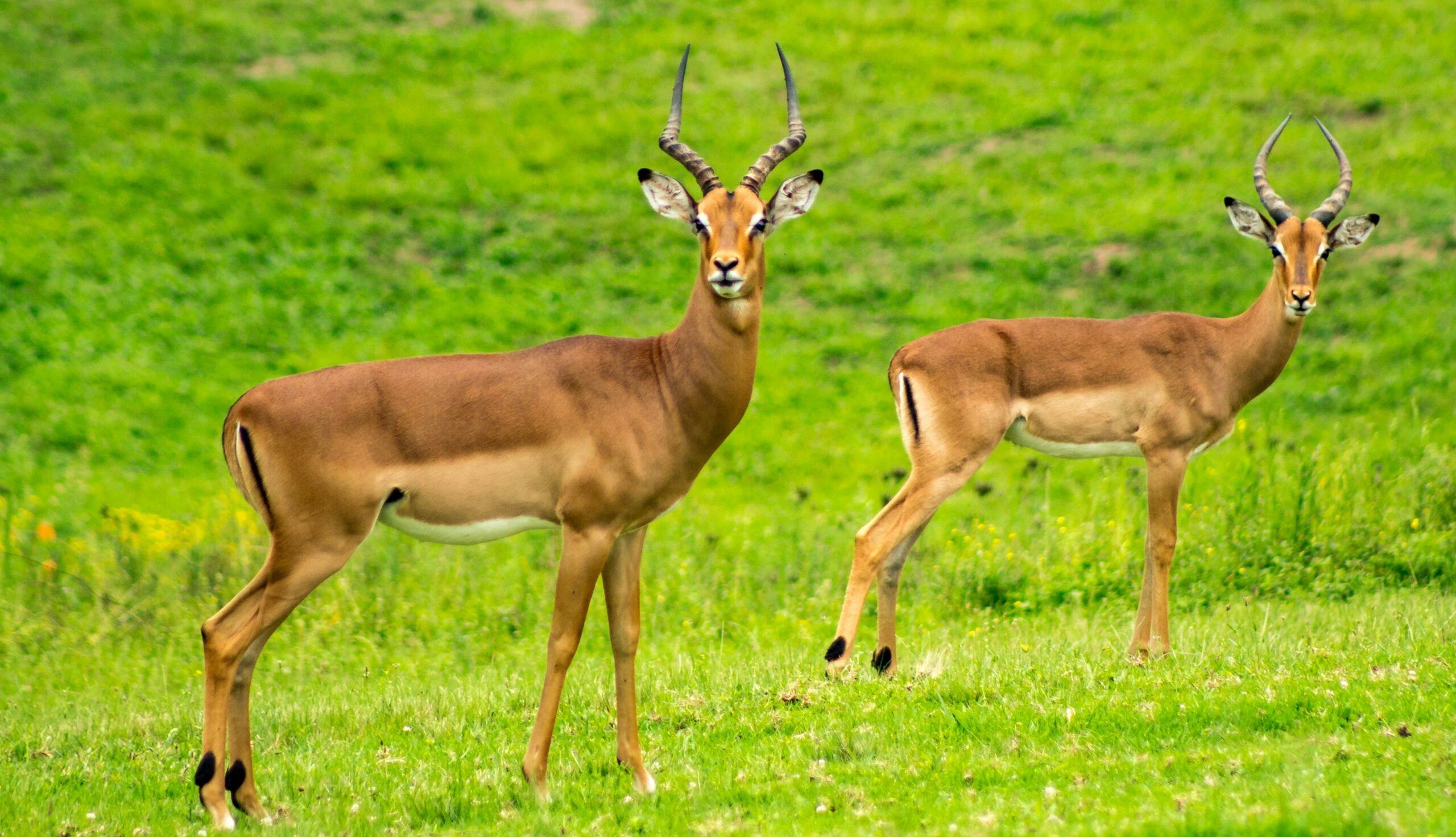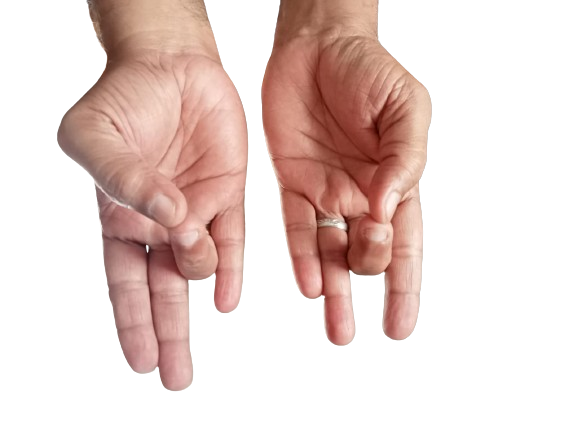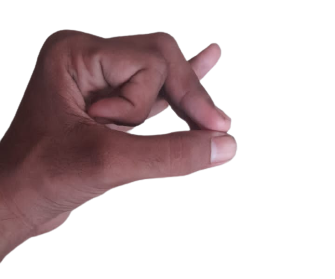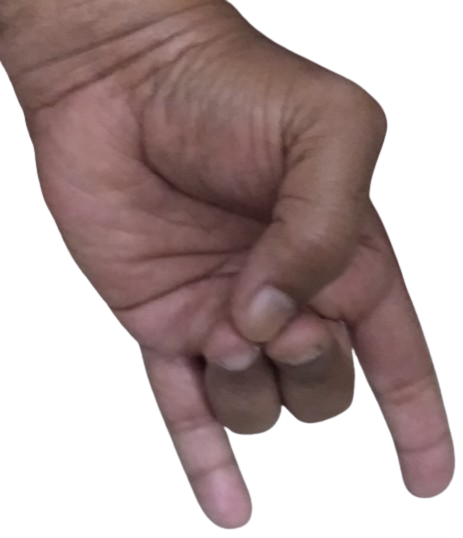Locust Pose is one of the excellent prone yoga poses for beginners that offers amazing health benefits. The pose is also called Salabhasana in Sanskrit, 'Salabha' means 'locust'. The pose is also referred to as Grasshopper Pose in English.
As Locust Pose stimulates functions of svadhittana and manipura chakras, self-esteem and self confidence develop. Manipura chakra also develops the ability to attract universal energy.
Other Benefits of Locust Pose
- Stretches the spine.
- Back muscles are strengthened.
- Stretches the entire backside of the body
- Stretches the shoulders and chest
- Promotes lung function
- Corrects posture
- Regulates functions of abdominal organs
- Stretches the legs
- Strengthens leg muscles and knees
- Practicing the pose helps to relieve stress.
- Improves focus
Instructions
- Lie face down on the mat. Let the hands be by the sides and chin on the ground.
- Slowly raise your head, shoulders and legs off the ground.
- Raise your hands off the ground.
- Look straight.
- Hold the pose for 20 seconds. Gently relax into starting position to release the pose.
Note
Beginners can place their chin on the floor and place their fist under the thighs.
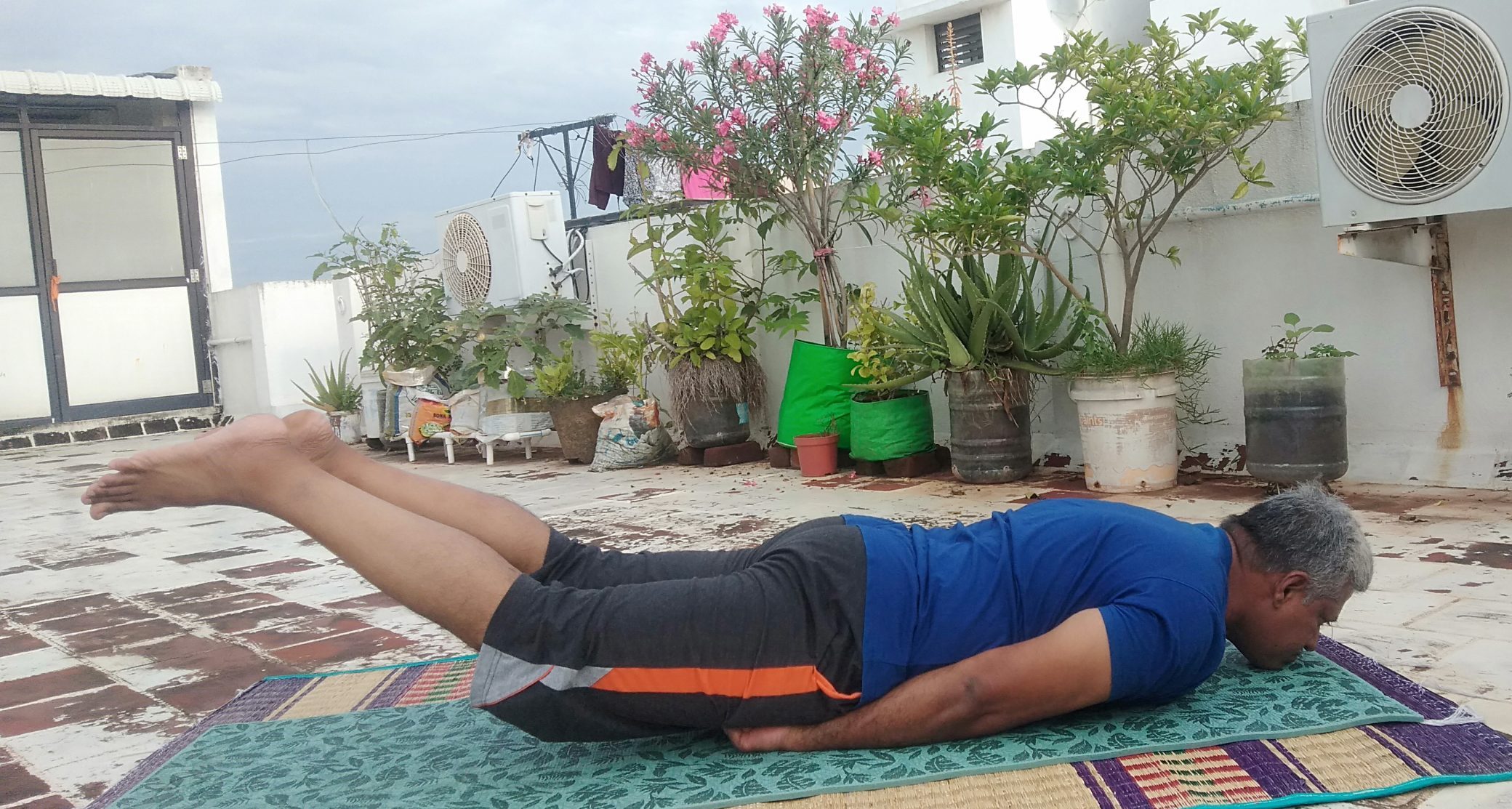
In case of difficulty in raising the legs, you can place a yoga block or a folded blanket under the thighs.
Those with chronic neck or back conditions should refrain from practicing Locust Pose.
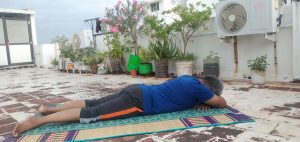
Yoga Pose for Day 87 - Crocodile Pose (Makarasana)
It will be no surprise if you feel compelled to immediately try the pose. Such is the relaxation one gets the very moment watching a practitioner perform Makarasana, as Crocodile Pose is called in English. 'Makara' means 'crocodile'.
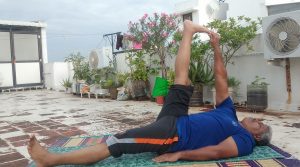
Yoga Pose for Day 85 - Reclining Hand-to-Big Toe Pose (Supta Padangustasana)
In our earlier posts, we had covered the benefits and how-to-do of Hand-to-Big Toe Pose and Extended Hand-to-Big Toe Pose. The pose for today is Reclining Hand-to-Big Toe Pose. The pose is called Supta Padangustasana in Sanskrit.
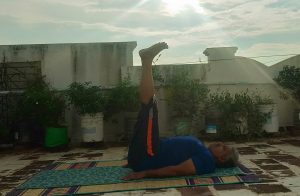
Yoga Pose for Day 84 - Half Plough Pose (Ardha Halasana)
Half Plough Pose is called Ardha Halasana in Sanskrit. 'Ardha' means 'half' and 'hala' means 'plough'. It is named thus due its similarity in appearance to half plough.
